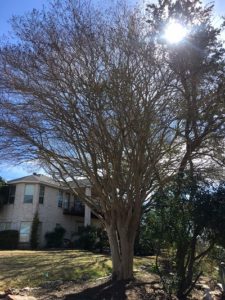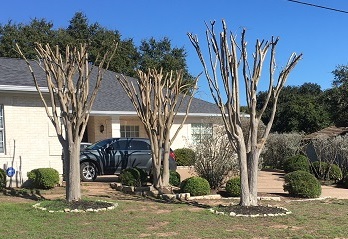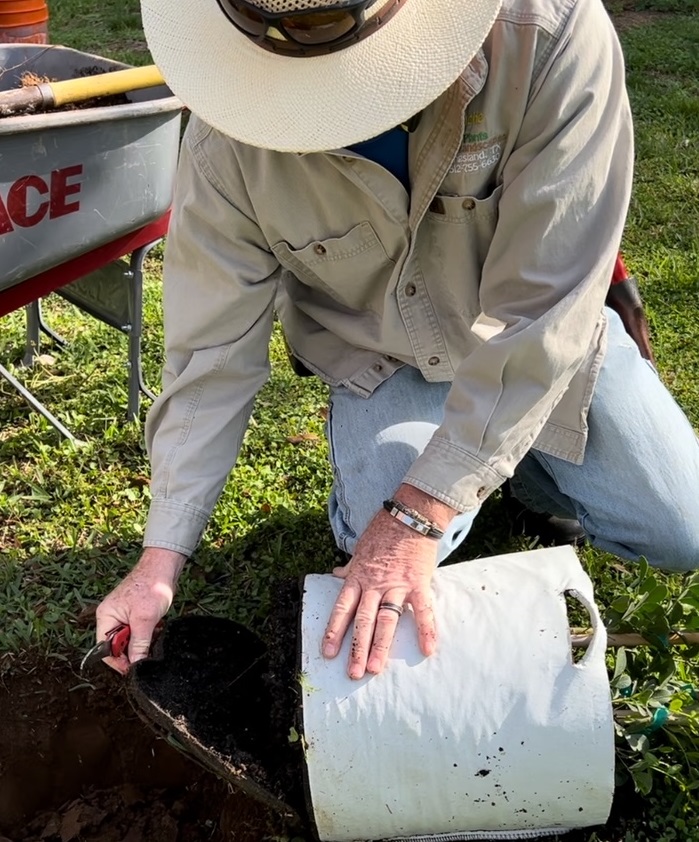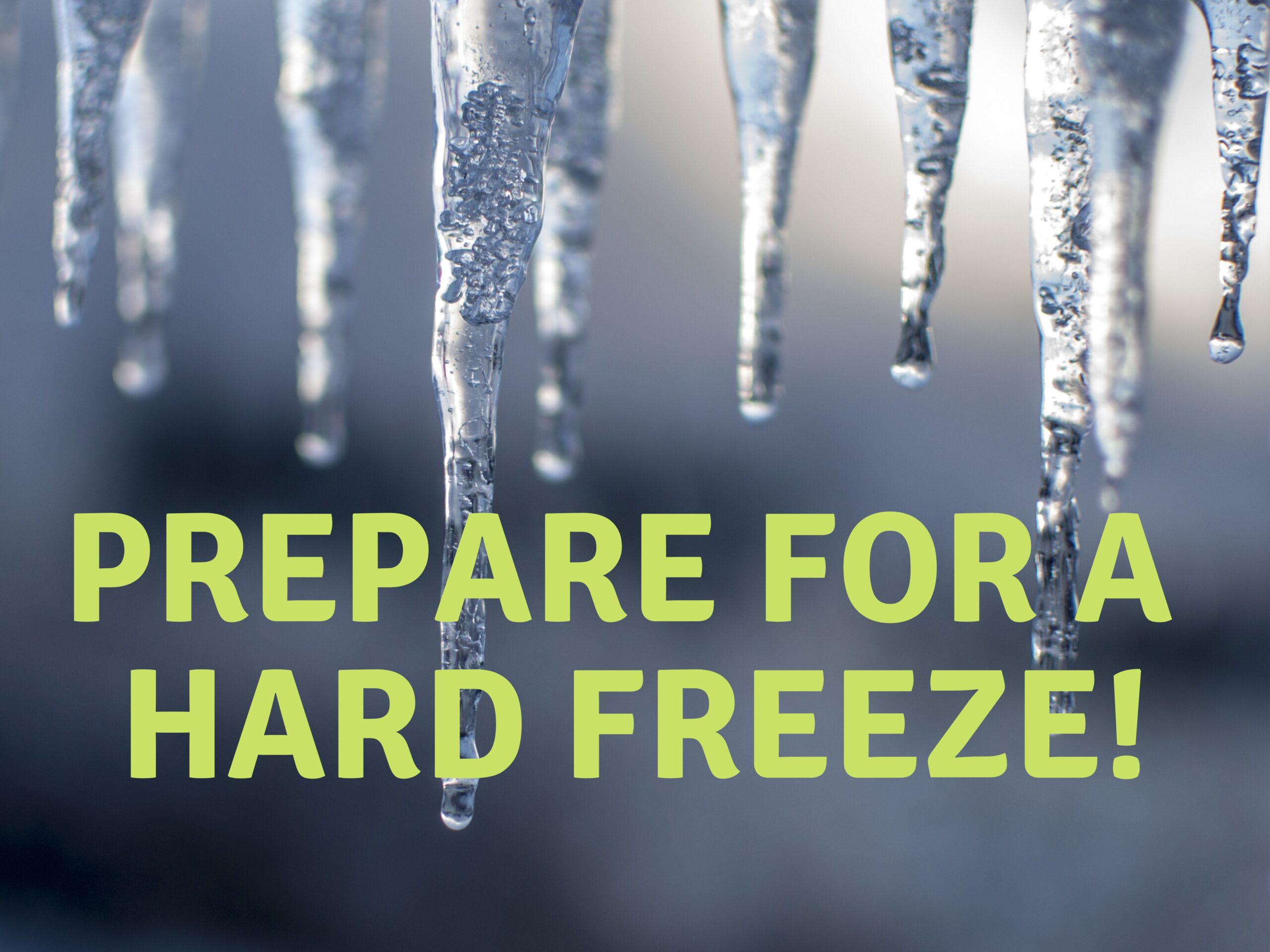Is anyone thinking about murdering their Crape Myrtles this year? Is your yard crew “conditioned” to cut back your Crapes to NUBS???? Unfortunately, this practice began long ago, before we had choices in mature heights of our Crape Myrtles. They were planted too close to houses, and their height came too close to the eaves and gutters of the houses. Sooooo……the answer was to cut them back each year, thinking that this would not only control their height, but promote more blooms as well! This has been undeniably proven to be WRONG! Modern Horticulture practices advise us to choose the variety of Crape Myrtle that attains the height to fit the site! We have many colors of Crape Myrtles available which grow to mature heights to fit most site requirements. Severely pruning our Crape Myrtles opens wounds which are susceptible to infection by disease and insect damage. It creates a tree form which is unnatural and unattractive when the leaves fall, instead of the naturally attractive form of the unpruned tree.

These Crape Myrtles have been topped every year. I suspect it was because no one knew any better

These Crape Myrtles have been topped in the past, but have been allowed to re-grow to an aesthetically pleasing shape.

This Crape Myrtle has never been topped, and has been allowed to grow to its full size untouched by chain saws or loppers!
Please consult Backbone Valley Nursery’s Crape Myrtle Selection Guidelines to choose the appropriate size tree for your landscape. The exfoliating bark characteristic, fall color, mature size and flower color choice will give you the year-round enjoyment this tree deserves.
You CAN communicate to your maintenance crew to leave the Crape Myrtles in their natural form. If many years of severe pruning have left your trees misshapen, there is still hope. Due to the resiliency of this tree, they can be severely pruned back to the ground, and re-trained to a multi-trunked form which will give you many years of a natural form to enjoy in the future. If they are planted in a location where their mature height is undesirable, they can easily be transplanted in January or February to a more appropriate location. Please consult with our Nursery staff for help in achieving this goal.
We are also ready to recommend an appropriate size and shape of Crape Myrtle to suit your landscape needs. Please bring us the site measurements, the hours of sun received, and soil conditions, and we will help you select the right Crape myrtle for your location! Help us STOP the CRAPE MURDER and EDUCATE the maintenance crews to leave our Crapes alone!




